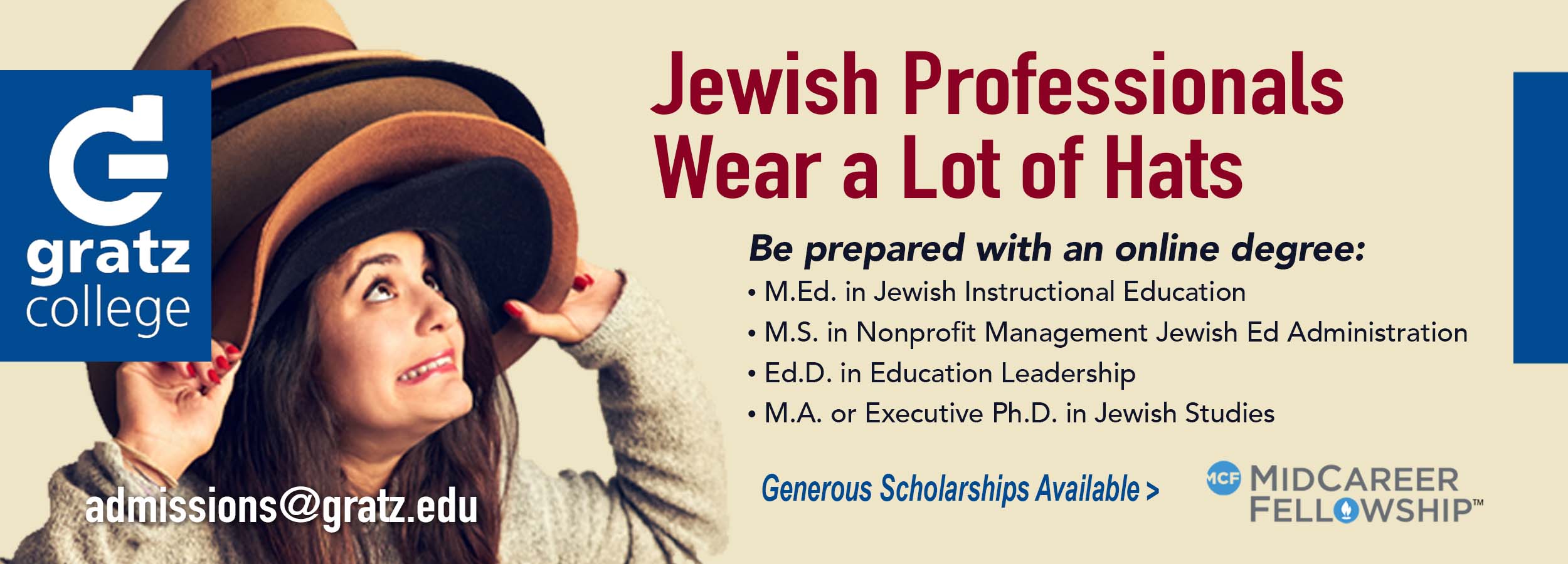Vision, Lenses, and Focus: Bringing Clarity to Tanakh Curriculum with Standards

Cindy Reich, PhD, is Academic Director of Jewish Day School Standards and Benchmarks, a field project of the Davidson School at JTS. She’s had the opportunity to work with community, Reform, Conservative, and Orthodox schools that serve all ages of students. Prior to Standards and Benchmarks, Cindy was the Director of the Talmud Torah of St. Paul Day School.

Aviva Silverman, MA, is Director of Field Operations for Jewish Day School Standards and Benchmarks, a field project of the Davidson School at JTS.. She has consulted with over 35 schools across the denominational spectrum since the project’s inception and has held positions of leadership in day schools, supplementary schools, summer camp, and as a curriculum writer.
Any Tanakh text, whether narrative or legal, contains an abundance of ideas, elements, and complexities, and has the potential to raise countless questions. How does a school community decide which of them to pursue?
Nechama Leibowitz, quoted by Shmuel Peerless in To Study and to Teach: The Methodology of Nechama Leibowitz, wrote that educators have…
…to decide what to leave out and what topics should not be touched, because it is pointless to tackle a number of different topics and problems superficially or incidentally in a chapter. It is preferable to concentrate on just a few topics, but in depth (p. 15).
Standards serve as powerful tools for deliberating about a vision for Tanakh education and for shaping Tanakh curriculum once the school’s vision is clear. Because standards embody broad overarching learning goals that represent different values and beliefs, they guide schools in building their curriculum to prioritize what to teach, and perhaps more significantly, what not to. By using the school’s selected standards teachers have a lens through which to look at texts and make decisions about what to focus on. (Ed. note: the standards referred to in this article are from the JTS Standards and Benchmarks. See the end of this article for a brief presentation of them.)
Consider how different visions might impact the standards a school selects. A school that envisions its graduates applying Jewish values in daily life and decision-making could focus on the standard “Inspiring Resource.” A school that guides its students to develop a loving, personal relationship with God could select the standard “Sacred Grappling.” A school committed to including a wide swath of parshanut throughout the curriculum might select the standard “Chain of Interpretation” to help guide them.
A critical step in the development of the Tanakh curriculum is for teachers to study their texts together, using questions derived from their school’s standards to guide their analysis. Imagine a team of teachers planning a unit for middle school students on the teaching of the story of the scouts (Numbers 13-14). The text tells the story of the twelve scouts sent to tour the Land of Israel prior to Benei Yisrael’s arrival. This collaborative study experience is designed to sharpen the readers’ thinking about the text through the lens of the selected standards and to remain focused on them.
Scenario One:
The team at Hasdei Hashem Day School studies the text together to prepare a unit based on one of their school’s priority standards, Sacred Grappling: Students will develop an appreciation for the sacredness of Tanakh as the primary record of the meeting between God and the people of Israel and as an essential text through which Jews continue to grapple with theological, spiritual, and existential questions. Questions the team might use to guide their conversation include:
- How is God depicted in this narrative? What names or attributes of God are evident in this text? Who assigns these attributes and depictions?
- How would you describe the nature of God’s interactions and relationship with human beings in the text? How might the images of God constructed in this text impact our personal conception of and relationship to God?
- What theological and contemporary ideas/issues does this text raise?
After the conversation framed by those guiding questions, the teachers decide to focus on these Enduring Understandings and Essential Questions during the lessons:
- Our beliefs and actions are constantly intertwined.
- As individuals, and as a nation, we continue to grapple with our understanding of the human/Divine relationship.
- How are my beliefs formed? How do my beliefs affect my choices and actions?
- How is my belief in Hashem different from my belief in other things?
The faculty then selects a few benchmarks as target learning goals for the unit. Students will:
- learn to analyze how human/Divine dialogues shed light on the Divine/human relationship
- use the biblical text as a springboard for discussion of issues of ultimate concern (in this case, the nature of belief and the connection between beliefs and actions)
- make connections between personal conceptions of God to conceptions of God in the Torah text
At this school, by selecting this standard, instruction will focus primarily on existential questions like the relationship between God and the people, the names and attributes of God in this passage, and the consequences of 40 years of wandering.
Scenario Two:
Halav U’Dvash Day School is developing a unit based on their school’s priority standard, Land of Israel: Students will, through the study of Tanakh, understand and value that the Land of Israel informs and shapes the historical, theological, and sociological experiences of the Jewish People. When the faculty gathers to study the text of Numbers 13-14, they use these guiding questions related to their standard:
- What relationship/s between the people and the land is/are portrayed in this text?
- What is God’s role in our relationship to the Land of Israel?
- What themes, values, or tensions around land and peoplehood emerge in this text?
Based on the faculty conversation framed by these guiding questions, the teachers decide to focus on the following Enduring Understandings and Essential Questions during the lessons:
- The people and the land of Israel have always shared a complex relationship.
- In what ways do the Jewish people demonstrate their commitment to and gratitude for the land?
- By what criteria do we evaluate the essence/the quality/the value of a place?
- How do the people of Israel relate to other inhabitants of the land?
The teachers select benchmarks as goals for the unit. Students will:
- identify the role that the Land of Israel plays in the ongoing identity formation of the Jewish people
- recognize the centrality of the brit/covenant as it relates to the land of Israel
- explore the tension between the need for a “home” for the Jewish people and the perspectives of others who might also call that place home
At this school, by selecting this standard, instruction will focus primarily on connections between the people and the land including topics such as the uniqueness of Israel for the Jewish people, attitudes toward the Promised Land and its inhabitants, and the role of the land in Benei Yisrael’s covenant with God.
Scenario Three:
At Am Yisrael Day School, the MS faculty are studying the same text based on their school’s priority standard, Formative Narrative: Students will view the Tanakh as the formative narrative of the Jewish people—past, present, and future. Their team uses these questions that derive from the standard to analyze Numbers 13-14:
- What is the relationship among/between the various characters? Who empathizes with whom?
- What themes and values emerge in this section? (e.g. brit, peoplehood, leadership, and rebellion, holiness)
- How has this text helped to shape who we are as the Jewish people today?
Based on the conversation framed by these guiding questions, the teachers decide to focus on the following Enduring Understandings and Essential Questions during the lessons:
- Words have the power for harm and for good.
- Our perceptions shape our reality.
- How does one decide which leader to follow?
The teachers select a few benchmarks as goals for this unit. Students will:
- trace events of the narrative, focusing on details and complex themes
- analyze the characters in the Tanakh, focusing on their motivation and personality
At this school, by selecting this standard, instruction will focus primarily on different leadership models in the text, how people respond to these different models, and the role communication plays in both the story itself and the larger narrative of the development of the nation.
In teaching these scenarios, we anticipate that questions and insights outside the areas we have imagined will arise. We hope the focused analysis of the texts will inspire student thinking! These ideas are welcome; they simply will not be the primary content of class discussions. Recognizing the many goals a faculty desires for their students in studying Tanakh, most schools select two standards to achieve their vision. Each of the standards has points of overlap with the others and when combined, will broaden the scope and depth of the learning. The use of two standards could result in a conversation about the relationship between faith and leadership, or how traditional parshanut informs contemporary issues.
The use of deliberately chosen standards ensures that learning time is devoted to what a school values; teaching and learning are focused in a way that prioritizes the school’s most important aspirations for its students. This is especially important given how precious a resource time is in schools. While the focus within a text may be narrower as a result, the learning will delve deeply into the riches of Tanakh texts and cultivate students’ critical thinking, curricular coherence, and faculty collaboration.
STANDARD 1: Literary Independence
Students will become independent and literarily astute readers of the biblical text in Hebrew.
STANDARD 2: Chain of Interpretation
Students will be engaged in the learning of ancient, rabbinic, and modern modes of interpretation of the biblical text and will see themselves as a link in this ongoing chain of interpretation.
STANDARD 3: Multi-vocal History
Students will appreciate Tanakh as a multivocal text with a complex history of development.
STANDARD 4: Formative Narrative
Students will view Tanakh as the formative narrative of the Jewish People—past, present, and future.
STANDARD 5: Land of Israel
Students will, through the study of Tanakh, understand and value that the Land of Israel informs and shapes the historical, theological, and sociological experiences of the Jewish People.
STANDARD 6: Sacred Grappling
Students will develop an appreciation for the sacredness of Tanakh as the primary record of the meeting between God and the people of Israel and as an essential text through which Jews continue to grapple with theological, spiritual, and existential questions.
STANDARD 7: Role of Mitzvot
Students will understand, through the study of Tanakh and its interpretations, the role of mitzvot in the shaping of the ethical character and religious practices of the individual and the Jewish People.
STANDARD 8: Inspiring Resource
Students will develop a love of Torah study for its own sake and embrace it as an inspiring resource, informing their values, moral commitments, and ways of experiencing the world.

Cindy Reich, PhD, is Academic Director of Jewish Day School Standards and Benchmarks, a field project of the Davidson School at JTS. She’s had the opportunity to work with community, Reform, Conservative, and Orthodox schools that serve all ages of students. Prior to Standards and Benchmarks, Cindy was the Director of the Talmud Torah of St. Paul Day School.


From The Editor: Winter 2025
It is one of the oldest literary collections ever written and still very much in circulation. Public readings (and celebrations) of its text are practiced in nearly every synagogue in the world in a regular, fixed cycle. It has been analyzed and studied by religious luminaries, academic scholars, and lay people, and has been studied and taught more times than we can count, with hundreds if not thousands of published commentaries. It plays a central role in all of our lives. One would think that by now we would have a pretty clear idea of what content from Tanakh should be taught and how it should be approached pedagogically at various age levels. And yet, a mountain of anecdotal evidence reveals that there is a huge range in what is taught, why it is taught, and how it is taught.

Tanakh Hats for Meaning Making: A Multi-Perspective Approach to Biblical Text Study
In our ongoing quest to enhance Tanakh education, we’ve developed a fresh approach that energizes both teachers and students while promoting diverse interpretations, critical thinking, and collaborative learning. Inspired by Edward de Bono’s Six Thinking Hats, this method encourages learners to view Tanakh texts from multiple perspectives, offering deeper understanding and fostering connections between foundational Jewish texts and modern life. The Tanakh Meaning Making Hats (TMM Hats) approach equips students with various interpretive tools to explore familiar perspectives and discover new ones, building understanding through both familiar and novel frameworks. This method, grounded in constructivist learning theory, enables students to construct knowledge actively, allowing them to examine texts from varied angles.

From Consumption to Production: Equipping Students to Create Torah
In the realm of Tanakh education, there is a tendency to focus on the consumption of Torah knowledge, where students engage in the study, understanding, and analysis of sacred texts. While amassing a critical base of knowledge is undeniably essential, I believe that shifting from students-as-consumers to students-as-producers—in which students not only absorb the teachings but also create and contribute their own interpretations and insights that can be shared publicly—is equally essential. How can we teach students to produce a deep analysis of Torah and not just consume others’ commentary? How do we encourage students to think for themselves while teaching other valuable lessons in the process?

Innovating Teaching Tanakh
What I observed one day in my visit to an English Language Arts (ELA) classroom last year opened my mind to completely new ways of teaching Tanakh, leading to greater student engagement.I work at a pluralistic elementary school that emphasizes growth mindset and continued development for each educator. One specific policy that helps educators learn from each other is the requirement to visit at least two other classrooms every semester. This routine fosters a genuine culture of professional growth, where teachers share ideas, observe varied teaching methods, and offer constructive feedback. I’ve always found these observations beneficial, but one visit left a lasting impact on my approach to teaching Tanakh. Stepping into Mrs. Michelle Petrova’s 6th grade ELA classroom, I was greeted with an incredibly vibrant atmosphere.

Teaching the Halakhic Sections of the Torah
Much of the discussions we find about teaching Humash focus on the narrative portions—Genesis, the story of the Exodus, the wanderings in the wilderness. To a large extent that makes sense, as they provide students with their origin stories—so critical for building the foundations of identity—and are inherently interesting, as stories tend to be. That being said, there is another half of the Torah, whose nature is primarily legal. While some skip it intentionally or somehow “don’t get around to it,” for others it is no less important to teach, even though the content often doesn’t lend itself easily to grab and hold the students’ attention. As with any teaching, we must first identify what we want to achieve before we can think about how we want to do it.
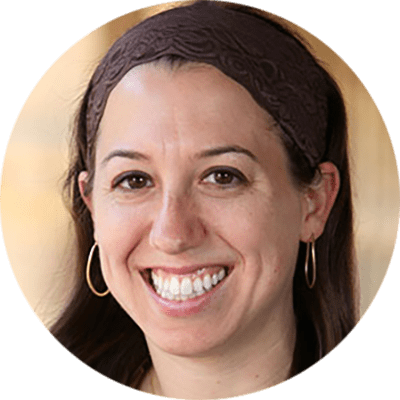
Teaching Tanakh: A New Perspective on Pedagogy
As many teachers of Tanakh know, the Tanakh classroom serves as a crucible for interpreting sacred texts, particularly in theologically and denominationally diverse day schools, camps, and beit midrash settings. The question I wish to explore here is: how do Jewish educators navigate the complex landscape of multiple orientations towards Tanakh that they might find in the seats of their classroom and make sure to empower all their students as interpreters? Central to my own Tanakh teaching, at almost every grade level, in almost every type of day school context, is the realization that my students don’t read Tanakh according to the same orientations or literacy practices, but it would be helpful if they did—at least for the duration of my class.
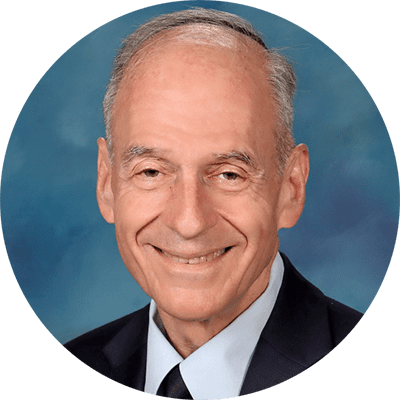
Tanakh Study and Reader Response
“My students insist on translating every pasuk (verse) into English and then using their translation to answer the questions. How can I get them to work from the makor (original text)?”“When I give in to their learned helplessness and teach them an interpretation, they can’t identify the problem in the pasuk that the interpretation comes to solve, and then they get stuck on the one understanding I presented and won’t consider an alternative. How can I help them think for themselves?” “I want my students to identify with the avot (patriarchs) and imahot (matriarchs) and learn from their example. But they somehow can’t relate to them as role models. What am I doing wrong?”Sound familiar? For years these complaints were a constant refrain from my Tanakh-teaching colleagues.
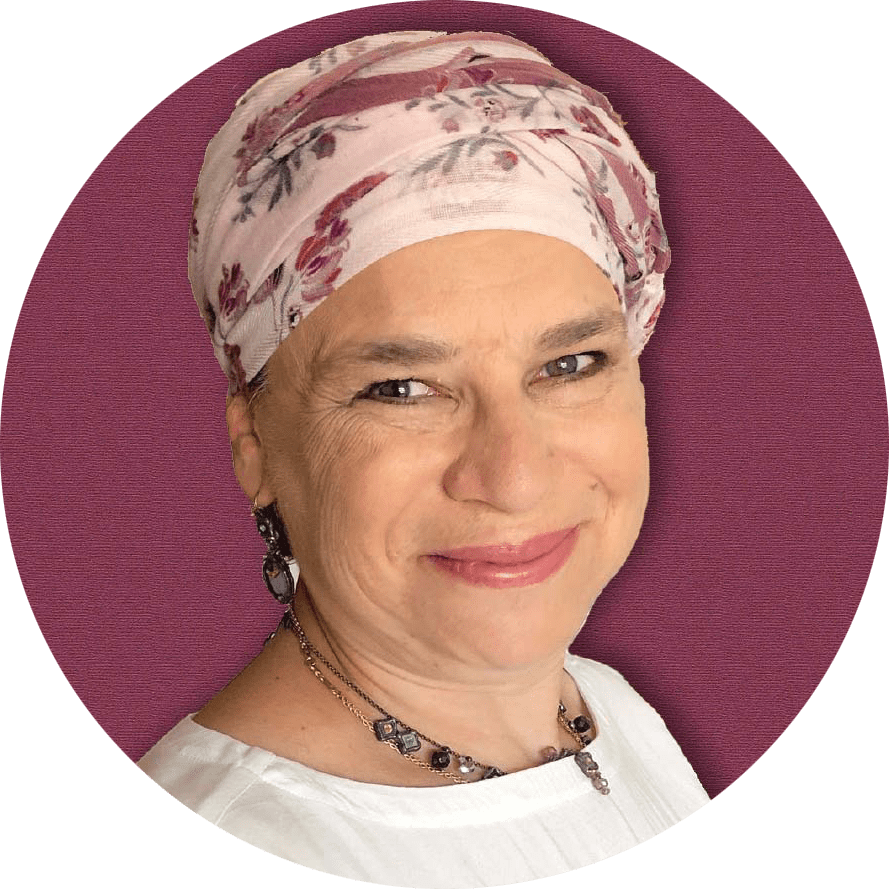
Teaching Tanakh to Weaker Students
In my roles as a Tanakh teacher and an instructional coach, my goal is to inspire Tanakh students to become engaged, proud, and even passionate Jews, fluent in Jewish literacy and deeply committed to the future of Jewish education and community. This goal is daunting under the best of circumstances; when teaching Tanakh to weaker students, it becomes more so. In this article I will outline some of the most ubiquitous challenges that arise from teaching Tanakh to weaker students and offer suggestions for navigating them based on my own experience as well as conversations with other educators and research from the field. I believe that navigating these challenges requires both modifications in practice and shifts in mindset, and I will outline each of them.
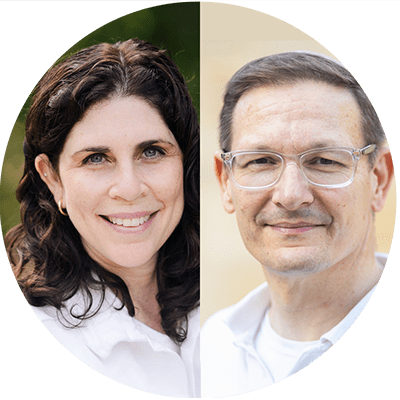
Student-Centered Learning in the Tanakh Classroom
For the past decade, educators have been using the term student-centered learning (SCL) but still finding it tricky and challenging to apply to the Tanakh classroom for a variety of reasons. One is the amount of time teachers must dedicate not only to teaching content but also to developing textual reading skills. Another is that teachers might feel reluctant to engage in a pedagogy they feel allows for too much free thinking and not enough respect for the mesorah, classical commentators, and tradition in general. Here we offer tips and strategies for how to introduce SCL into the Tanakh classroom in large and small ways. Differentiation and Social-Emotional Learning Are you differentiating in your classroom? Great! That’s one time-tested way to employ SCL in the Tanakh classroom.

Outside the Box: A Values-Based Approach to Parashat Hashavua
Tanakh in dialogueWhat position does the Tanakh occupy in the life of an early teen? For many, the Tanakh resides in the mental box into which school is commonly placed—a box of academic pursuits, Hebrew language and grammar, Jewish history and Biblical knowledge. There is nothing innately wrong with this, to the contrary, Tanakh study certainly can and does involve these important elements. But a missed opportunity arises when compartmentalisation precludes Tanakh from forming dialogue with the other “boxes” that rise to prominence in the early teen years.Early teenagehood is often marked by questioning and exploration as students begin a journey of seeking to understand that which may have previously gone unquestioned.

Building Tanakh Skills One Step at a Time With Manipulative Materials
“Give a man a fish,” the saying goes, “and you feed him for a day. Teach a man to fish and you feed him for a lifetime.” At Netivot, we have developed a Tanakh program that gives each child the personalized gift of feeding himself for a lifetime. The Montessori method is predicated upon the idea that each child, if provided developmentally appropriate opportunities, will inherently learn and grow and master at each phase of development according to his own individual needs. For this reason, in our classrooms, the expectation is not for children to memorize translations of text “chorally,” but rather to develop individually the skills to translate for themselves. Using key elements of the Montessori method, our students build a series of skills that allow them to tackle pesukim independently.

Bringing Nechama Leibowitz Into the Classroom
The written legacy of Nechama Leibowitz, in her gilyonot and books, has served and continues to serve as the basis for Torah study for many serious students of parashat hashavua, Tanakh, and parshanut. Her teaching methodology, as experienced by one of the authors of this article in 1988-89, in her weekly classes in her apartment in Jerusalem and in her weekly shiur at the Gruss Kollel, served as a model for how to teach Torah. Certain elements have been adapted, but we have found that her principle of encouraging independent thinking and individualized feedback gives students in middle school a personal connection with the text and empowers them to continue in their Torah study with positivity and self- assurance.
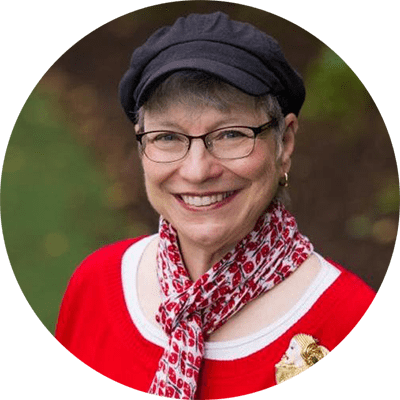
Opening the Middle School Window to Midrash
A number of years ago, when I was teaching the sections in Genesis about Abraham and Sarah to a girls’ middle school class, one of my students raised her hand and said, “I don’t like how much is missing in the Torah.” I asked her what she meant and she replied, thinking like a typical middle schooler, “Like, what did Abraham and Sarah talk about at night when they were just sitting around their tent?” After responding facetiously that Sarah probably asked Abraham what he thought about her new burka, I took the moment to answer the class seriously. This was a wonderful opportunity to deeply introduce my students to midrash as one way to fill in the “blanks” in the Torah text, to delve into the “spaces” in the text, and to teach us moral messages with which to inform our own lives.
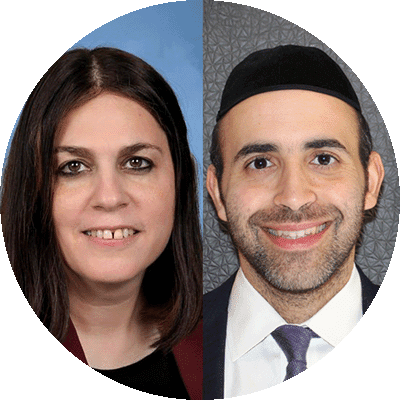
The Barkai Method for Teaching Humash
In the introduction to his book Who Knows Twelve, Rabbi Berel Wein explores a troubling phenomenon: the growing disconnect between the Jewish people and their sacred texts. Whatever the causes for its decline may have been, many Jewish day schools today are attempting to reinvigorate the study of Tanakh, recognizing its fundamental role in Jewish identity and education. Maimonides codified the necessity of studying Tanakh in Hilkhot Talmud Torah (1:7), asserting that it is a crucial component of Jewish life. Today, there is a growing recognition of the need to revive these ancient texts, which hold profound significance for Zionism, community, ethics, spirituality, identity, and much more. One noteworthy example of this revival is the Barkai educational system, developed in Israel by Rav Dan Be’eri more than 40 years ago.
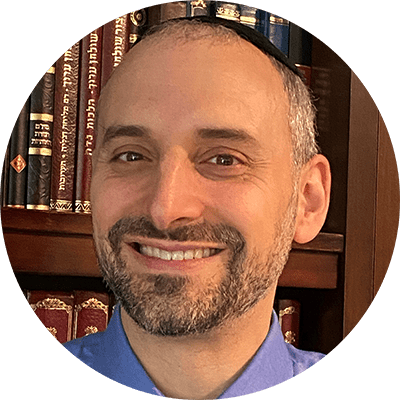
Introducing Sod Into the Tanakh Classroom
In my years of teaching Neviim and Ketuvim, one of my overarching goals was for students to gain an appreciation of why specific commentaries approached the same text differently. I spent significant time on both peshat and derash approaches, highlighting the strengths and weaknesses of each interpretation’s handling of textual issues. One experiment with introducing sod resonated deeply with some of the students and complemented the other work we were doing. I share that experiment here. Sod (literally, secret) is a mode of hermeneutical interpretation that sees the characters and storyline as being symbolic of fundamental themes. Although definitions of sod usually include mysticism, the relation to Kabbalah is only that sod reflects an interpretation that directly addresses giving insight into our relationship with God.

Heroes Within Reach
We read the Bible with the understanding that many of the characters described are our heroes, our Jewish archetypes. We pore over every action, every word, for insight into their thought and character, insight that can inform the same in us. These are not dry annals of the lives of figures from the distant past; these people are as alive today as we are—alive within us, within our synagogues and culture, because we study them so intensively and know them so intimately. Each of us knows the stories so well, that we know what happens between and behind the words.What is a Hero?But what does it mean to consider them heroes? In what sense does, or doesn’t, the Bible portray them as such? And more importantly, how does the Bible express what a hero is, and what makes someone heroic?

Tanakh as a Tool for Building Identity
Jewish tradition holds Torah teachers in high esteem, viewing them as more than just conveyors of knowledge. They are seen as spiritual and moral guides, shaping the character and identity of their students. In The Lonely Man of Faith, Rabbi Soloveitchik emphasizes that the role of the Torah teacher goes beyond intellectual instruction; they facilitate a divine encounter, guiding students toward a deeper connection with God. The Talmud (Bava Metzia 33a) elevates the honor due to a Torah teacher above even that of one’s parents, as the teacher introduces the student to the “world to come” through their instruction—a profound form of giving life. These texts paint a picture of the Torah teacher as a builder of Jewish identity, imparting values that help shape a student’s character and moral foundation.

Tanakh as Our Story
Tanakh is the story of the Jewish people. This basic component of our identity and our tradition has tremendous spiritual and educational power which, unfortunately, is often untapped. In the following essay, we aim to show how this idea of Tanakh as the grand narrative of the Jewish people can be developed into a powerful educational opportunity. In tapping into Tanakh’s central narrative feature, we are not merely making Tanakh more interesting for our students. Since the times of Moses, the Jewish people has known that a good story does more than just pique an audience’s interest. In the words of Rabbi Sacks, “The Israelites had not yet left Egypt, and yet already Moses was telling them how to tell the story. That is the extraordinary fact. Why so? Why this obsession with storytelling?
Reach 10,000 Jewish educational professionals. Advertise in the upcoming issue of Jewish Educational Leadership.



